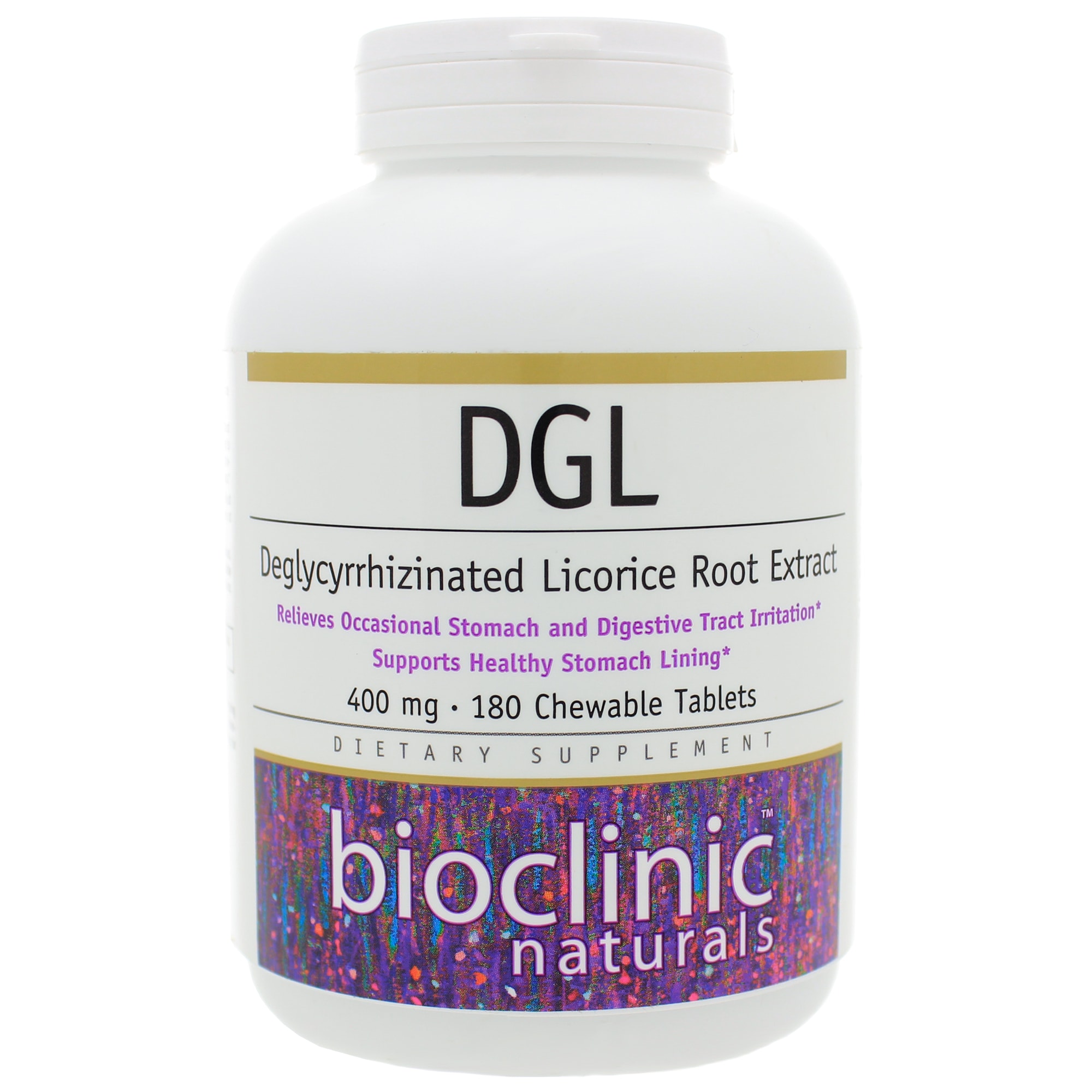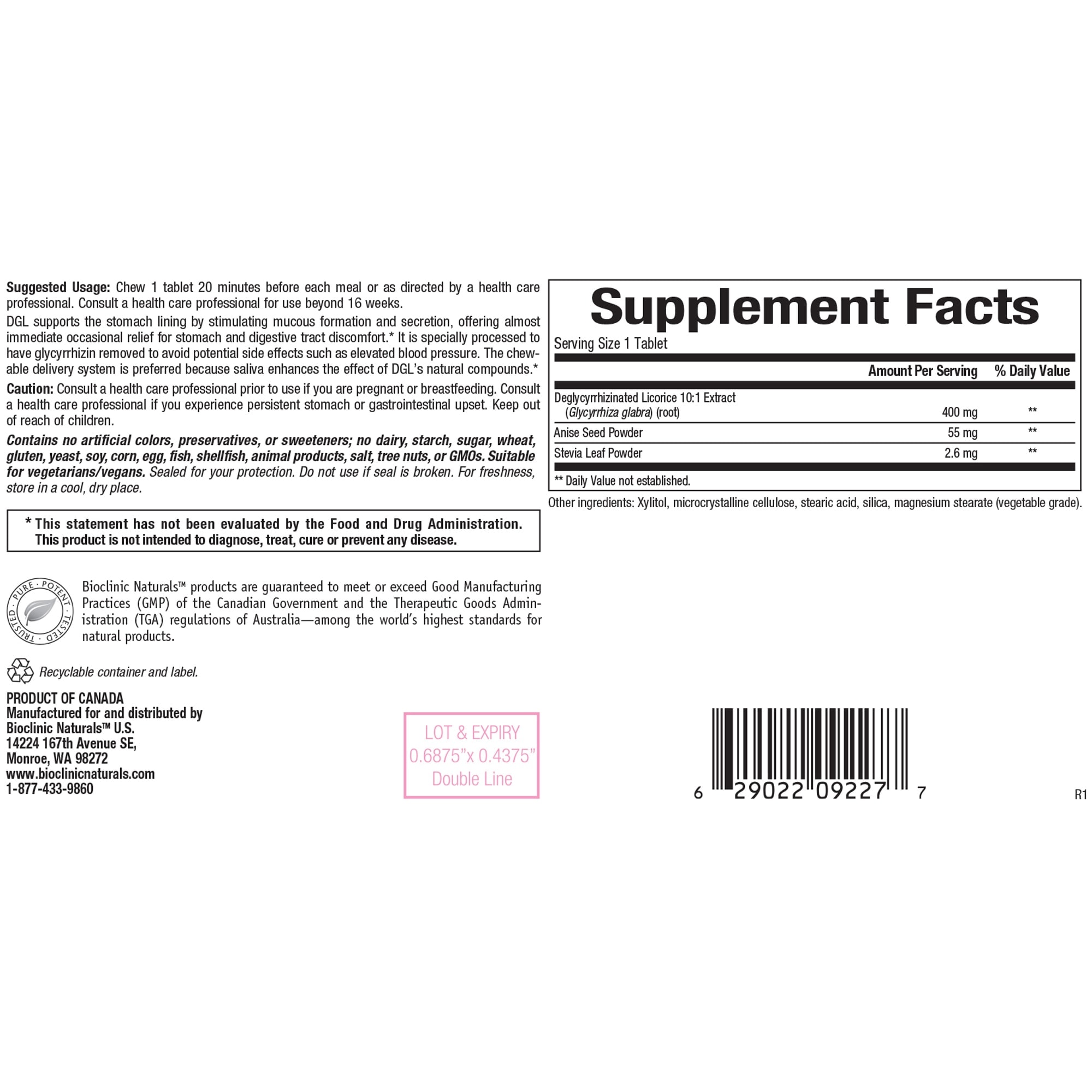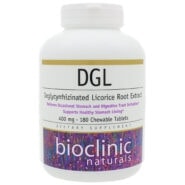Chew 1 tablet per day 20 minutes prior to each meal, or as directed by a health care practitioner. Consult a health care practitioner for use beyond 16 weeks.
Serving Size: 1 Chewable Tablet
Amount Per Serving
Deglycyrrhizinated Licorice 10:1 Extract … 400mg
(Glycyrrhiza glabra) (root)
Providing 4, 000 mg crude herb licorice
Other Ingredients: Xylitol, microcrystalline cellulose, aniseed, stearic acid, vegetable grade magnesium stearate (lubricant), silica, Stevia rebaudiana leaf.
Contains no artificial colours, preservatives, or sweeteners; no dairy, starch, sugar, wheat, gluten, yeast, soy, corn, egg, fish, shellfish, animal products, salt, tree nuts, or GMOs. Suitable for vegetarians/vegans.









Reviews
There are no reviews yet.